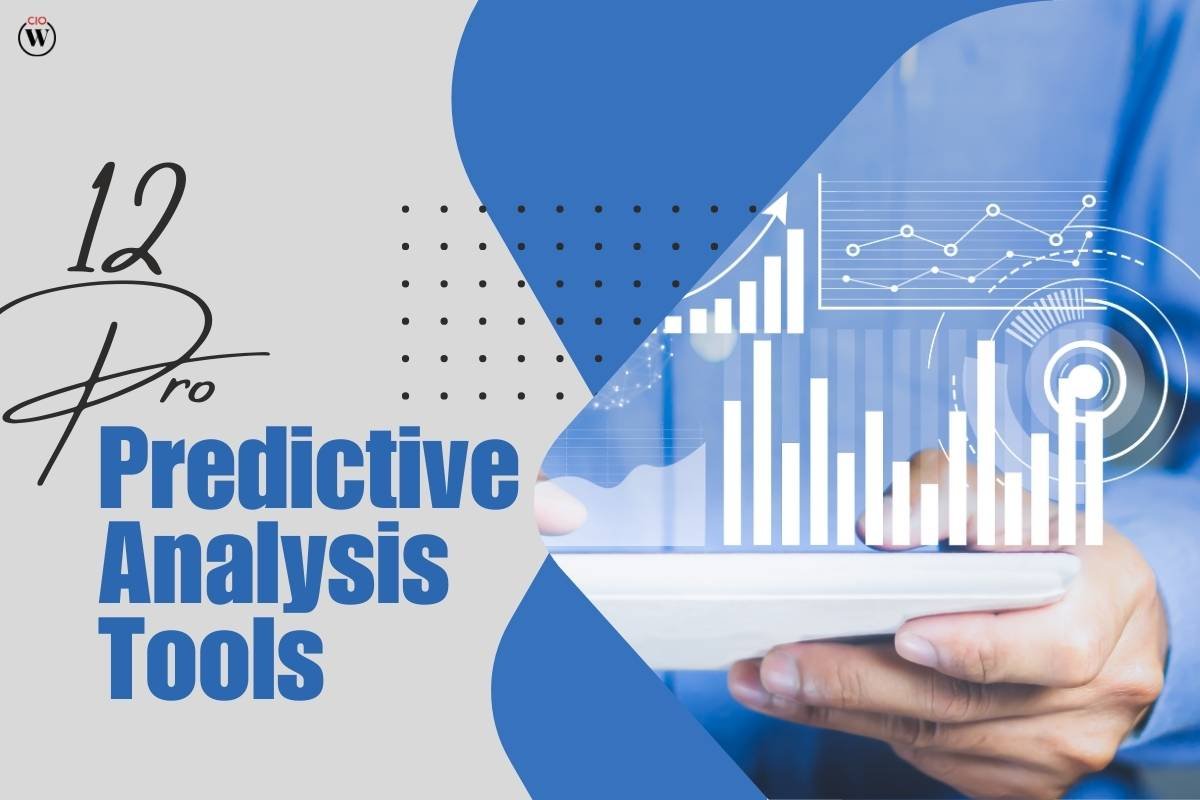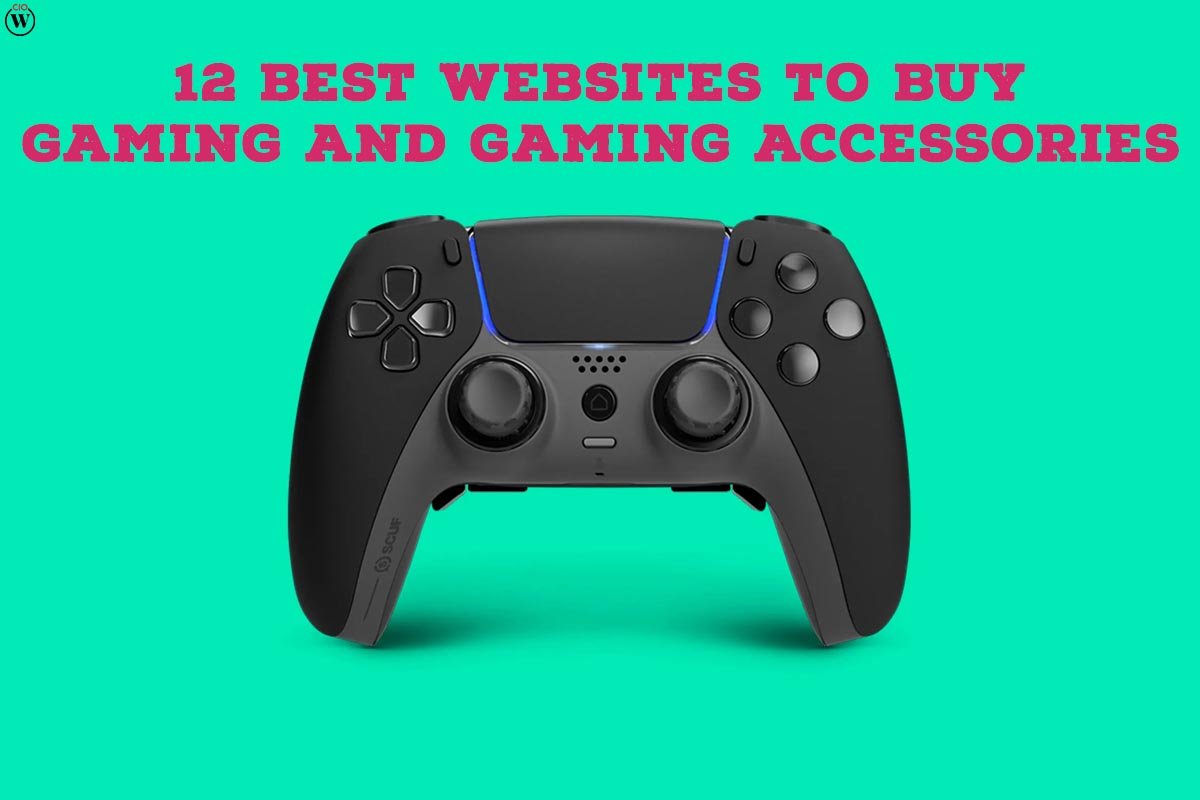As we all know internet of things is a system of interrelated and inter-connected objects. These objects are able to collect and transfer data via a wireless network without any human intervention. It is a global internet-based architecture that facilitates the exchange of goods and services in global supply chain networks.
IoT architecture involves devices, network structure, and cloud technology. It allows IoT devices to interact with each other. We are now in an era wherein there is more connectivity where a wide variety of appliances will be connected to the web. The Internet of Things devices are interconnected with sensors, actuators, transceivers, and processors. The storage and processing of data can be done on the edge of the network itself or on a remote server.
The data collected by the sensors is to be stored and processed in order to derive useful inferences from it.
Here is an IoT Architecture Analysis:
Analysis of IoT Architecture:
- Sensors and Devices:
At the foundation of IoT architecture are sensors and devices. These can be anything from temperature sensors in smart thermostats to GPS trackers in vehicles. These devices are equipped with sensors and communication modules that collect and transmit data to the next layer in the architecture.
- Connectivity Layer:
The data collected by sensors and devices is transmitted through various connectivity protocols, including Wi-Fi, Bluetooth, cellular networks, and Low-Power Wide-Area Networks (LPWAN).
The choice of connectivity depends on factors like data volume, range, and power consumption.
- Data Processing:
Once data is transmitted, it is received by gateways or edge computing devices, which process and filter the data locally.

Edge computing reduces latency and bandwidth usage by performing initial data analysis on-site, forwarding only relevant information to the cloud.
- Cloud Computing:
Processed data is sent to the cloud for storage and further analysis. Cloud platforms, such as AWS, Azure, and Google Cloud, provide scalable infrastructure for data management.
Cloud-based services also offer machine learning and analytics capabilities to extract valuable insights from the data.
- Data Analytics and Artificial Intelligence (AI):
This layer leverages advanced analytics and AI algorithms to derive meaningful insights from the massive volumes of data generated by IoT devices.
Predictive maintenance, anomaly detection, and real-time decision-making are some applications powered by AI in IoT.
- User Interface:
The insights and data generated by IoT are presented to users through various interfaces, including web dashboards, mobile apps, and control panels. Users can interact with and make decisions based on the information provided.
- Security and Privacy:
Security is a critical component of IoT architecture, ensuring data integrity and preventing unauthorized access.
Encryption, authentication, and secure communication protocols are vital for safeguarding IoT systems.
- Application Layer:
This is where IoT solutions are developed to address specific use cases. Examples include smart homes, industrial automation, healthcare monitoring, and smart cities. Custom applications often leverage APIs and SDKs provided by IoT platform providers.
Why IoT is Important:

- Efficiency and Automation:
IoT enables businesses to automate processes, reducing human intervention and operational costs. For instance, in manufacturing, IoT-driven automation can optimize production lines.
- Data-Driven Decision-Making:
IoT generates vast amounts of data, allowing businesses to make data-driven decisions. For example, retailers can analyze customer behavior to enhance marketing strategies.
- Improved Customer Experience:
Internet of Things can enhance customer experiences through personalized services and real-time monitoring. In the hospitality industry, smart room controls provide guests with comfort and convenience.
- Cost Savings:
Businesses can save costs through predictive maintenance, which identifies equipment issues before they lead to costly breakdowns. This approach is common in industries like aviation and energy.
- Environmental Sustainability:
IoT can contribute to sustainability efforts by optimizing resource usage, reducing waste, and minimizing carbon footprints. Smart grids, for instance, help conserve energy.
- Competitive Advantage:
Early adoption of IoT can provide a competitive edge in the market. Companies that leverage IoT can offer innovative products and services that stand out.
Why IoT is Necessary for Various Businesses:
- Real-Time Insights:
IoT provides businesses with real-time insights into their operations, allowing for immediate adjustments and optimization.
- Scalability:

IoT solutions can scale to accommodate growing business needs. Whether a company operates on a small or large scale, IoT can adapt accordingly.
- Competitive Landscape:
In today’s competitive landscape, staying ahead often requires leveraging emerging technologies. IoT is becoming an industry-standard in many sectors.
- Customer Expectations:
Customers increasingly expect connected experiences. Businesses that fail to meet these expectations risk losing market share.
- Operational Efficiency:
IoT enhances operational efficiency by streamlining processes, reducing downtime, and improving resource allocation.
- Cost Reduction:
By optimizing operations and reducing waste, IoT can lead to significant cost savings over time. It is a huge win-win for small-scale businesses when in the early stages. The Internet of things comes as a savior for them.
Conclusion
The IoT Architecture is a complex yet interconnected system that encompasses devices, connectivity, data processing, cloud computing, analytics, user interfaces, security, and applications. IoT has proven itself to be crucial in various industries due to its ability to drive efficiency, enable data-driven decision-making, enhance customer experiences, and contribute to sustainability efforts.
For businesses, adopting IoT is not merely an option but a necessity to remain competitive, meet customer expectations, and stay at the forefront of technological innovation. As IoT continues to evolve, its impact on industries and society as a whole is expected to be profound, making it a defining technology of the 21st century. The Internet of Things is not just a technological advancement; it’s a transformative force that is reshaping industries and the way we live and work.








